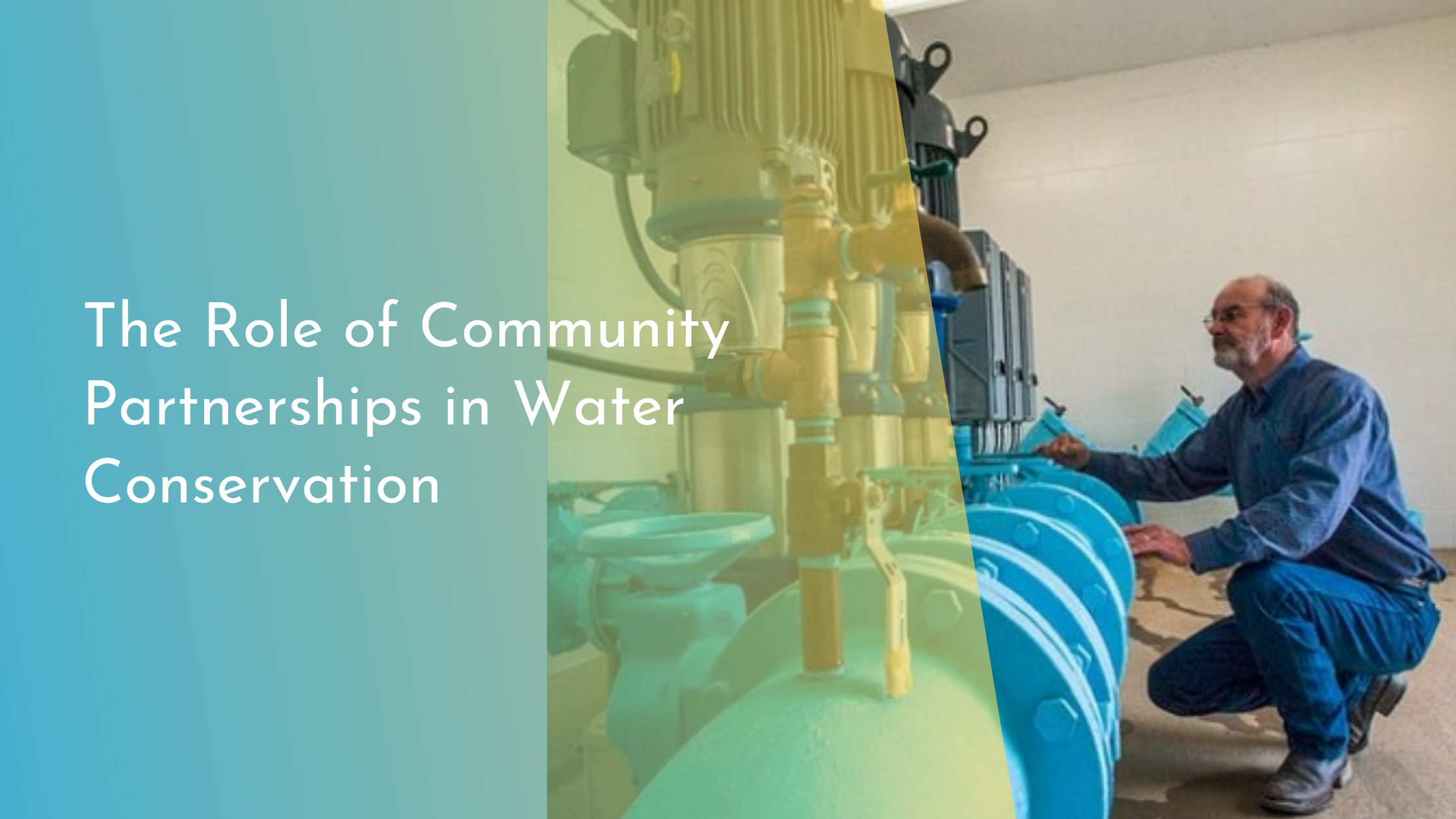The Role of Community Partnerships in Water Conservation
Water is an essential resource that sustains life on Earth, yet it is finite and increasingly under threat from climate change, pollution, and overuse. In response, communities around the globe are banding together to form partnerships aimed at conserving water and ensuring its sustainable use for future generations. These community partnerships play a crucial role in the collective effort to protect our planet’s most precious resource, and their impact can be profound when diverse stakeholders unite with a common goal.
Understanding Community Partnerships in Water Conservation
Community partnerships in water conservation involve the collaboration of various organizations, including government bodies, non-profits, businesses, and local residents, to develop and implement strategies that address water-related challenges. These partnerships are built on the understanding that water conservation is not just a singular entity’s responsibility but a shared duty that requires input and action from all sectors of society. By pooling resources, expertise, and influence, these partnerships can tackle water issues more effectively than individual efforts alone.
The foundation of a successful community partnership lies in open communication and trust among its members. Regular meetings, workshops, and brainstorming sessions allow stakeholders to share insights, voice concerns, and devise innovative solutions tailored to local needs. Such collaborations often lead to the development of comprehensive water management plans that include initiatives like rainwater harvesting, efficient irrigation techniques, and public education campaigns. Through these concerted efforts, community partnerships make significant strides in conserving water and promoting sustainable practices.
Benefits of Collaborative Water Conservation Efforts
One of the primary benefits of community partnerships in water conservation is the amplification of resources and capabilities. When multiple organizations come together, they can leverage their combined financial, human, and technological resources to implement large-scale projects that would be impossible for a single entity to undertake alone. This collaborative approach often results in cost savings and increased efficiency, maximizing the impact of conservation initiatives.
In addition to resource optimization, community partnerships foster a sense of shared responsibility and empowerment among local residents. By involving citizens in decision-making processes and action plans, these partnerships encourage community members to take ownership of their water conservation efforts. This engagement not only leads to more sustainable water use at the individual level but also builds a culture of environmental stewardship that can be passed down to future generations. Ultimately, the collaborative nature of these partnerships strengthens community ties and creates a more resilient society capable of adapting to water-related challenges.
Case Studies: Successful Water Conservation Initiatives
One notable example of a successful community partnership in water conservation is the “WaterSmart” program in San Diego, California. This initiative brought together local government agencies, businesses, and residents to promote water-efficient practices across the region. Through incentives for installing water-saving appliances, educational workshops, and public outreach campaigns, the partnership achieved a significant reduction in water usage, demonstrating the power of collaboration in achieving environmental goals.
Across the globe in Cape Town, South Africa, the “Day Zero” crisis highlighted the importance of community partnerships in averting water shortages. Facing the imminent risk of running out of water, the local government teamed up with international organizations, businesses, and citizens to implement emergency water-saving measures. These efforts included widespread media campaigns to raise awareness and encourage behavior change. The collaborative response successfully delayed “Day Zero” and set a precedent for future water management strategies in the region.
Conclusion: Building a Sustainable Future Together
The role of community partnerships in water conservation cannot be overstated. These collaborations harness the collective power of diverse stakeholders to address complex water issues that no single entity can tackle alone. By working together, communities can develop innovative solutions, optimize resources, and foster a culture of sustainability that benefits everyone involved.
As we look to the future, the importance of community partnerships in water conservation will only continue to grow. Climate change and population growth will place unprecedented demands on our water resources, making it more crucial than ever for communities to unite in their conservation efforts. By building and maintaining strong partnerships, we can pave the way for a sustainable and water-secure world, ensuring that our most vital resource is preserved for generations to come.

